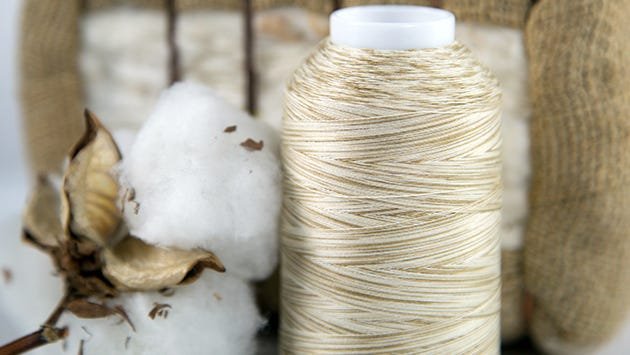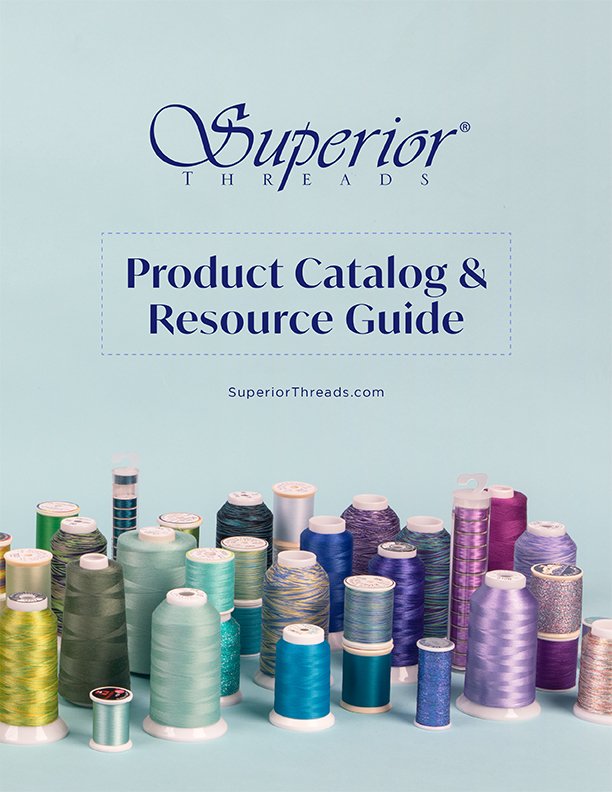Superior Education
NATURAL VS SYNTHETIC FIBERS
- COTTON THREAD
- SILK THREAD
- POLYESTER THREAD
- METALLIC THREAD
Cotton thread or polyester thread?
Should you only use cotton threads in your quilts and only polyester threads in embroidery projects? What about when sewing clothing? So many questions asked about matching fibers, threads to fabrics, and if you ask ten fellow quilters or sewists, you'll receive ten answers.
We're here to tell you as a thread authority, that both natural fibers and synthetic fibers fulfill a purpose. While personal preference is still the main factor in the decision making process, we use and recommend cotton thread, silk thread, polyester thread, and metallic thread when sewing, quilting, or embroidering.
Natural fibers come from plants and animals and are either spun or twisted into yarns that are woven to create fabrics or further twisted to create sewing thread. The three most common natural fibers are cotton, wool, and silk. However, there are many natural fibers that are used in everyday commodities - hemp, jute and linen (also known as flaxen cord).
Cotton threads have a matte finish and are known to be linty. While the amount of lint will vary from brand-to-brand, Egyptian-grown extra-long staple cotton threads are the highest quality and smoothest cotton threads produced. Our go-to cotton piecing and sewing thread is MasterPiece.

King Tut cotton thread is made from Egyptian-grown cotton

Polyester embroidery thread has a beautiful sheen
Synthetic fibers are made from various chemicals or a combination of chemicals and natural products. For example, Rayon fibers are created from cellulose acetate (processed wood pulp mainly from pine and spruce trees) and other chemicals. Most synthetic fibers are extruded into long, thin strands. The ingredients are placed in a large vat under heat and pressure and forced through small holes in a showerhead-looking apparatus called a spinneret. Thin, long fibers come out of the spinneret which are then spun, twisted and processed. The most popular synthetic fiber is polyester. Polyester threads can have a high-sheen appearance like Magnifico, a matte finish like So Fine! #50, or a nearly-invisible look like MonoPoly.
Metallic threads are made from a blend of synthetic materials and have a special foil wrapping around a nylon or polyester core. While we don't recommend using nylon threads for quilting or sewing (don't use nylon monofilament threads. Polyester monofilament threads are so much better), a metallic thread with a nylon core is the best metallic to use due to its strength.

 View Our Product Catalog
View Our Product Catalog